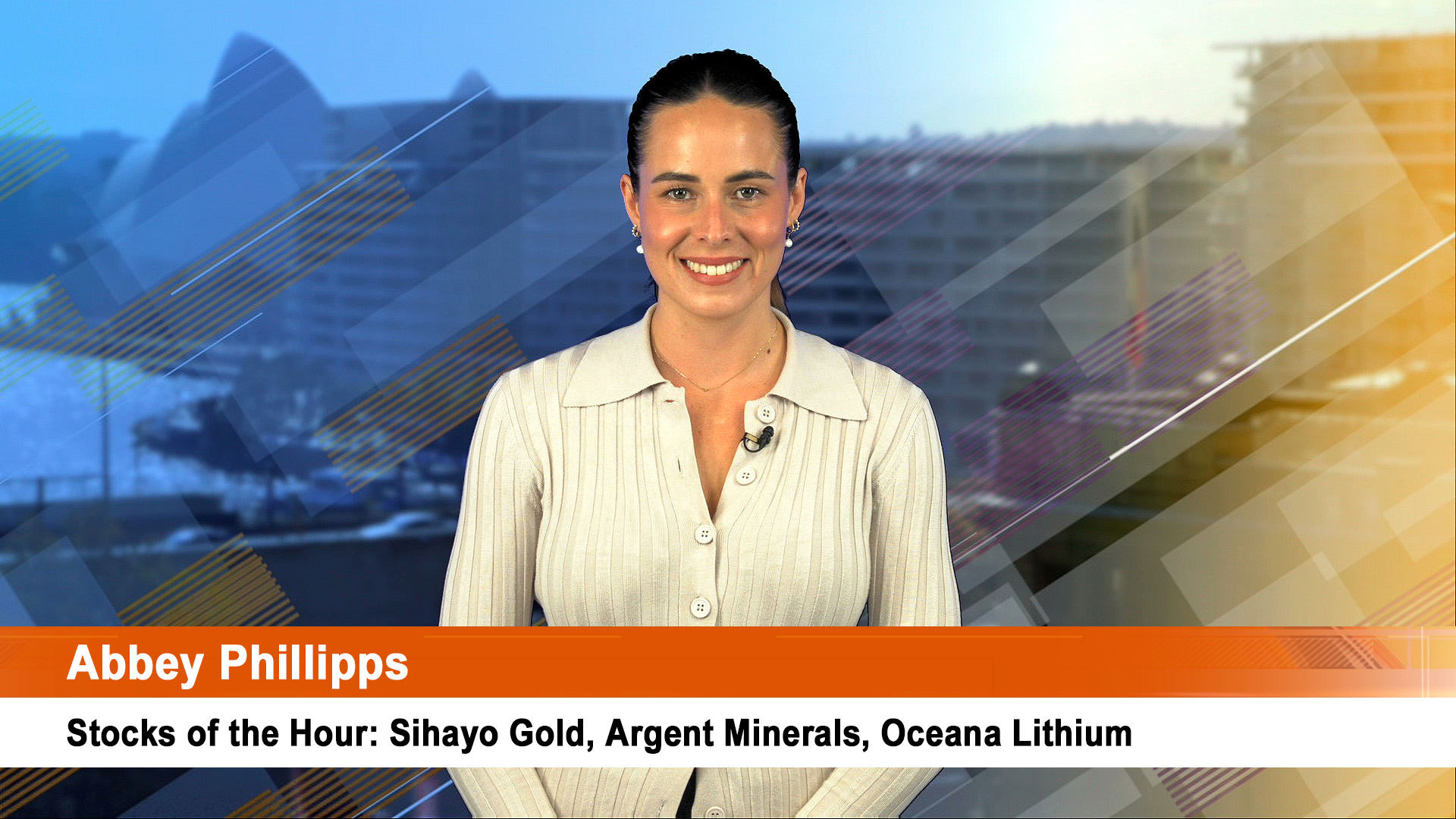Since Westpac’s gouging 0.20% rise in mortgage rates last week (on top of the 0.30% rise in investor home loan rates earlier), there has been an almost continuing run of predictions of a further rate cut by the Reserve Bank, starting as early as the November meeting on Melbourne Cup Day.
Don’t bet on a rate cut seems to be the answer from the latest central bank board meeting minutes, released yesterday.
And even though the last RBA board meeting on October 6 was held well before the Westpac increase, it seems unlikely it will force the central bank’s hand on interest rates, judging by the tone of the minutes.
Futures markets reckon there’s a two in three chance of a rate cut on November 3, but the minutes tell a very different story with a high level of optimism about the economy’s transition from the mining investment boom.
The minutes in fact describe an economy that’s doing pretty well all things considered. Yes growth remains below trend, but inflation is predicted to be within the targeted 2%-3% range over the next one or two years, wages growth is weak, the low dollar continuing to help and employment is still stronger than expected.
While the bank acknowledged that GDP growth in the second quarter was low, this was put down to “what appeared to be temporary weakness in resource exports as well as further falls in mining investment”. It saw “further evidence" that the economy is rebalancing from the resources sector towards non-mining activity. “This rebalancing was being increasingly supported by the depreciation of the Australian dollar, which had led to a noticeable increase in net service exports over the past year,” the minutes said.
Non-mining investment was estimated to have picked up a little in the June quarter and had risen modestly over the past year. Over the same period, profits of non-mining companies had kept pace with nominal GDP. Survey measures of business conditions had increased to be further above their long-run averages, notably in the household and business services sectors,” the minutes said.
"Conditions in the goods production and distribution sectors, though weaker than in some other sectors, had also shown improvement of late. Members noted that the depreciation of the exchange rate had led to an increase in exports of services, including tourism, as well as a noticeable decline in imports of services."
The bank also said that growth likely strengthened in the third quarter, assisted by a pickup in resources exports and housing investment, But the minutes signalled there was no immediate need to reduce rates further, noting that conditions in the labour market had strengthened in recent months. The RBA said that spare capacity remained in the economy and domestic cost pressures were weak (in fact “very low”).
"Employment growth had strengthened to be 2 per cent over the year to August and the participation rate had increased. The unemployment rate had remained in its 6–6¼ per cent range over recent months,” the minutes said.
"Forward-looking indicators had generally been consistent with the unemployment rate being around its current level or possibly slightly lower in the months ahead. Measures of earnings and productivity growth from the national accounts had remained soft in the June quarter, with negligible growth in either measure over the past year.
“Overall, unit labour costs had been little changed for around four years, which members saw as helping to explain the stronger-than-expected growth in employment,” the minutes said.
But as last Friday’s Financial Stability review made clear, housing remains the flash point for the economy with rising levels of risk.
“Domestic sources of risk to financial stability in Australia continued to revolve mainly around developments in local property markets. In the context of recent developments in the housing market and household credit, members discussed the findings from the enhanced scrutiny of housing lending practices undertaken by APRA and the Australian Securities and Investments Commission since the end of 2014.
"This scrutiny and related work had shown that investor activity was considerably higher – and lending standards in some parts of the market weaker – than had originally been thought. Members further observed that the risks in commercial property and the property development sector were rising,” the minutes said.













